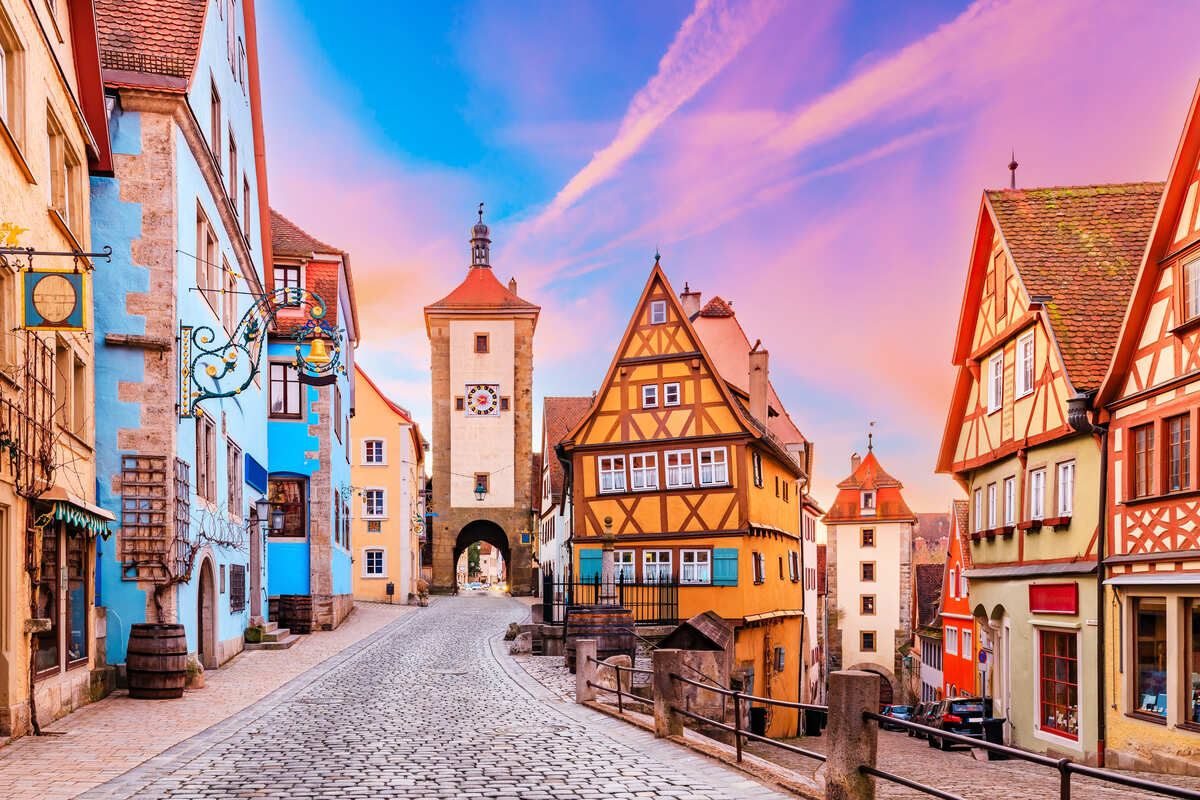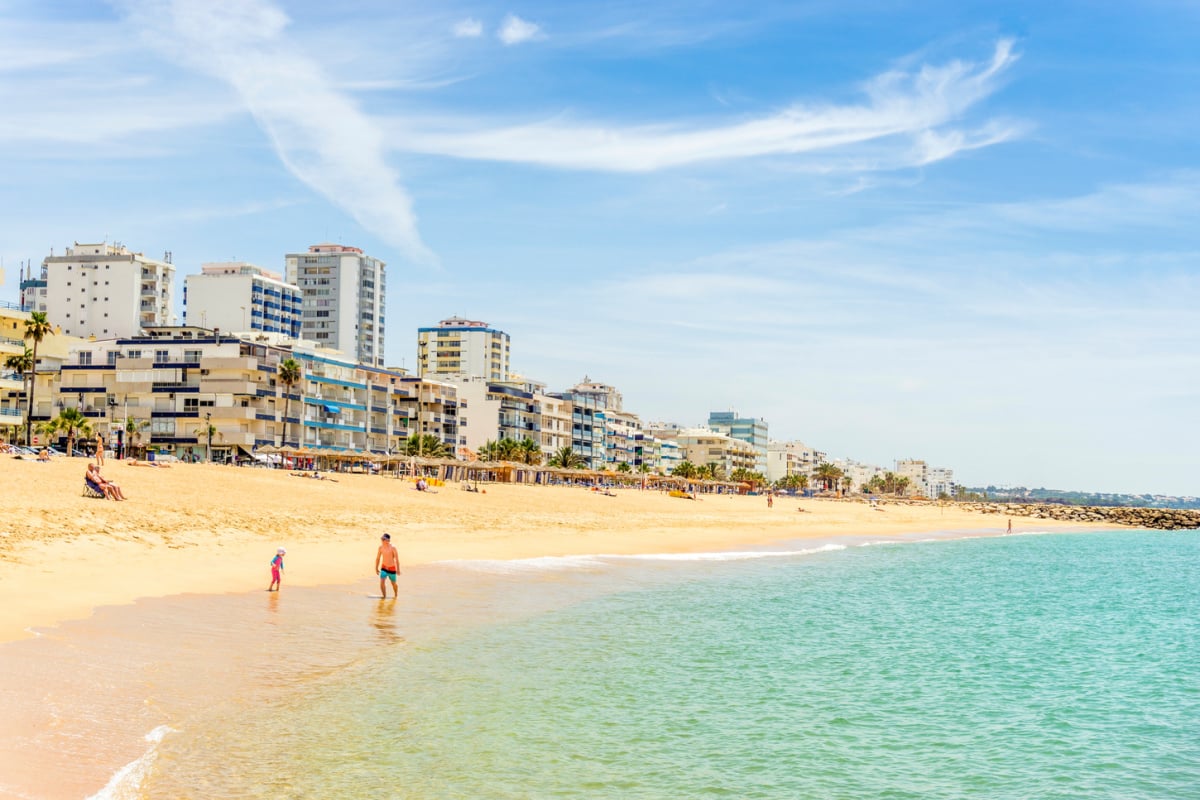Europe is everyone’s go-to destination for culture and Old World charm: it is, after all, the continent of fairytale castles, cobblestone streets frozen in time, and world-class museums.
Between the picture-perfect medieval villages of France and the half-timbered houses in Germany, there’s a plethora of options laid out before you, and if you’re struggling to narrow it down, don’t sweat it: the European Union has already done some of the legwork for you.
Every year, the EU crowns a lucky city Capital of Culture, tipping its hat to their historical significance, architectural value, and legacy, and for 2026, not one, but two lesser-known gems made the cut:
Trenčín, Slovakia


The first European Capital of Culture for the upcoming year is the laid-back, seriously overlooked Trenčín.
A small city in western Slovakia with about 55,000 residents, Trenčín looks like a living postcard: a charming medieval settlement nestled at the foot of a majestic hilltop castle, without the usual crowds you’d expect to see in Europe.
The most iconic sight, without a doubt, is Trenčín Castle, perched high above the town on a rock, complete with imposing towers, sturdy walls, and numerous inner courtyards and secret passageways for visitors to explore.


At its foot, Trenčín’s well-preserved Old Town is characterized by its cobble-paved lanes, pastel-colored houses and inviting coffee shops. Speaking of which, Café Sládkovič right on the main square has the best espresso and a wide selection of cakes.
Despite its near-total anonymity, at least outside Slovakia, Trenčín is a city full of hidden gems, and maybe that’s why the European Union has chosen to highlight it this time:
The castle may be the most impressive edifice around here, but it’s not the only one:
The Parish Stairway, a covered uphill passage linking the Old Town to the castle, was built all the way back in 1568, and it still serves its original purpose to this day. Katov dom, or Executioner’s House, is an intact Renaissance-era building now operating as a museum.


Elsewhere, Mestská veža, Slovak for ‘Town Tower’, is a 15th-century watchtower you can climb for privileged views of the medieval sprawl, and let’s not forget the landmark Orient-inspired Trenčín Synagogue, which carries elements of both Byzantine and North African influence.
Check Trenčín’s official cultural program for 2026 here.
Oulu, Finland
A city in central Finland most Lapland-bound tourists have never heard of, Oulu sits at the exact point where the gelid Oulujoki River empties into the Bay of Bothnia. In short, it’s the perfect clash between Nordic urbanism and wild nature.


Contrary to other European cities you may be thinking of, Oulu doesn’t necessarily have a picture-perfect Old Town: don’t expect to find Tallinn’s centuries-old ramparts, nor Prague’s plethora of Baroque buildings.
Having survived many a fire over the centuries, its townscape is largely representative of Nordic modernism. That said, there are pockets of historic charm around Kauppatori, the water-facing market square, flanked by restored fishermen’s homes and artisans’ workshops.
Over in Pikisaari Island, connected to the mainland by a footbridge, you’ll find more quaint wooden dwellings, cozy cafés, and a scenic walking path along the water.


Oulu’s innovative museums are another testament to its Northern creativity, keeping the cultural scene alive even in the harsh winter months: for instance, the Tietomaa Science Centre is known for interactive exhibits and its exceptionally-large 3D cinema screen.
Over at the Northern Ostrobothnia Museum, you can get acquainted with the city’s unique history, from its founding as a minor port in the early 17th-century by a Swedish king, up to its development as a 210,000-people-strong city just below the Arctic Circle.


As the city gears up for its big year of 2026, you can expect a number of festival and cultural events to take place throughout the year.
For those visiting next June, don’t miss the Climate Clock Art Trail, an outdoor route peppered with unique installations by international artists, taking you through lush forests, riverwalks, and down to the seashore.
The Travel Off Path Advantage: Your Travel Toolkit
Subscribe To Our Latest Posts
Enter your email address to subscribe to Travel Off Path’s latest breaking travel news, straight to your inbox.

